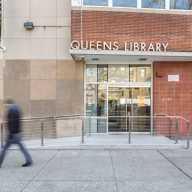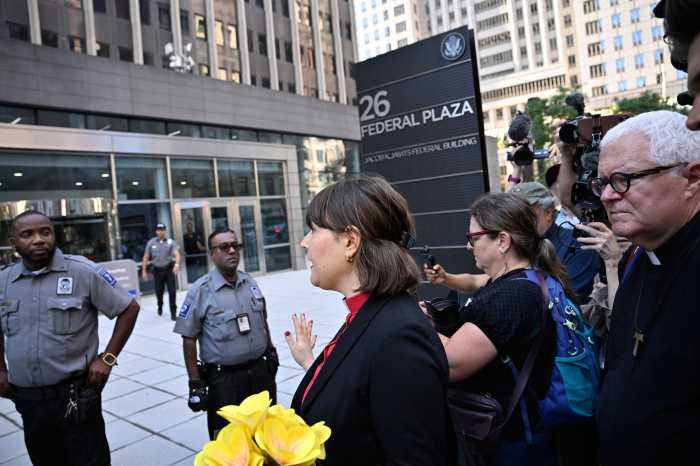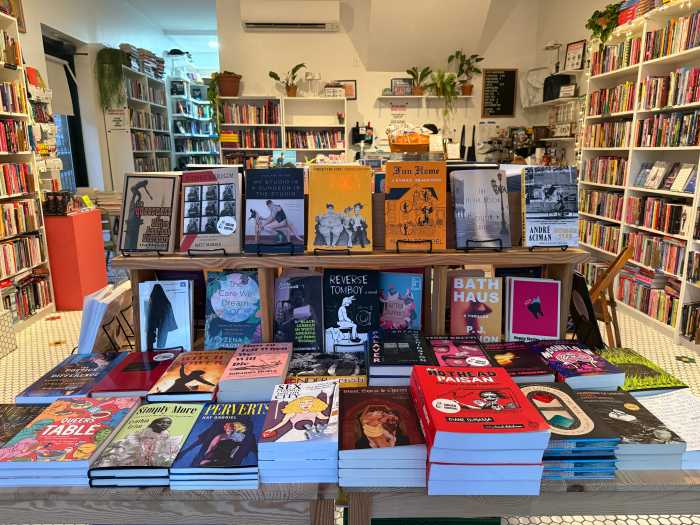A new book by Dr. Rahul Jindal highlights how a flyer asking for help seen by two Queens men led to the first kidney transplant being performed in Guyana.
Jindal, a transplant surgeon at Walter Reed Army Medical Center, explained that Guyanese-Americans George Subraj and Jay Persaud, both of Queens, found information online about a Guyanese mother trying to help her teenage son get the transplant he needed.
“They brought this to my attention because I knew them and I kind of socialized with them,” Jindal said, adding that both men do a lot of philanthropic work and were interested since their families have a history of kidney problems.
The three men decided that the only way to determine if this was a genuine case and not one of fraud was to do a site visit. They went to Georgetown, Guyana in March of 2008 for a surprise visit with the family, at which point they confirmed that the boy was in kidney failure.
Although there was talk about bringing the teen to the United States for the surgery, Jindal said that they realized that was not the best solution for the country.
“At that point we decided we’d see if we can try and do the surgery in Guyana so that it can set a precedent, they [local doctors] can learn from this and it will improve the whole medical set-up,” he said.
Back in the United States, the men began making plans and putting together a medical team of volunteers to go back to Guyana. The surgery took place on July 12 and the teen is now doing well, has gotten married and is working full-time.
“George and Jay facilitated the whole process,” Jindal said.
Jindal explained they went on to perform other transplants and teach clinics to the doctors in Guyana. He said that the standard of medical care in Guyana has definitely improved.
Jindal wrote about the experience in The Story of the First Kidney Transplant in Guyana, South America and Lessons for Developing Countries, which was published in November of 2009. This is Jindal’s second book. His first book, The Struggle for Life: A Psychological Perspective of Kidney Disease and Transplantation, was published in 2003.
“This was something unique,” Jindal said of why he wrote the book. “A lot of it was by chance that Guyanese-Americans found this flyer and they decided to act on it.”
While the first part of the book details the human interest story, the second part discusses lessons that can be taken away from the experience to help other developing countries.
“I wrote a book hoping this will serve as an example on how others can also set up transplant programs,” Jindal said.
Jindal said that it was exciting to have been able to raise medical expectations in Guyana and that it was “very gratifying that we can make a difference in the life of a teenager.” He also said that they will be returning to Guyana to teach the local doctors more.




























